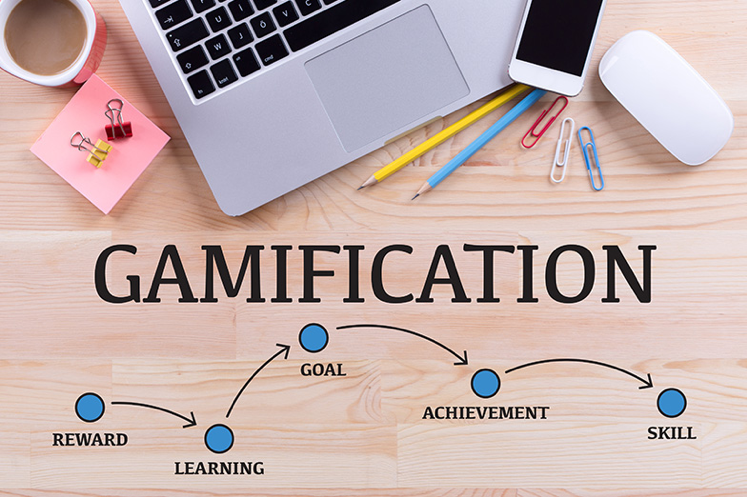Published: May 24, 2019
One of the perennial challenges every educator faces is getting children engaged in learning. When kids are interested in a subject they learn quickly and voraciously, devouring books, educational films, and webpages related to their interests and sharing the information with anyone who will listen.
Compared to adults, children’s minds are like sponges, soaking up information at every turn; unlike adults, however, they are often undisciplined learners, and the role of the teacher is to channel this raw learning potential toward useful ends.
If you really want to help your kids excel in school however, you will also need to recognize the limitations every individual teacher faces. With class sizes in Ontario schools set to grow, and with teachers already overburdened with teaching and extra-curricular responsibilities, it can be hard to bring the latest insights from the psychology of learning to bear in the classroom.
For this reason, it is important for parents to ensure that their children are being engaged in learning not only at school, but at home as well. Hiring a tutor who understands new pedagogical tools and methods like gamification and can apply them to one-on-one instruction in the home is one way to keep your child excited about learning outside the regular school day.
Gamification: An Innovative Approach to Student Engagement
It has become increasingly common for schools that want to adopt cutting-edge educational techniques to incorporate tools that utilize aspects of gamification to help engage students in the classroom. When a child comes home talking about how they were learning French with the help of an app-based game, this is gamification in action.
But what is gamification in the classroom and how can it be used to enhance learning? The idea that games can help children learn is anything but new, of course (you can probably remember playing educational games during your own time at school), but one of the things that makes gamification a unique development is the tech aspect.
Computer games are more popular than ever before, and e-sports has now become one of the biggest segments of the entertainment industry. This means that an entire generation of digital natives has grown up with digital gaming as a central part of their experience. Computer games are popular in part because they are designed to stimulate the reward centres of the brain — levelling up and completing missions gives players a serotonin boost, and makes them feel they have accomplished something.
Gamification is the strategic use of this pleasurable quality of game playing to encourage particular kinds of learning, like memorizing new information or practicing new skills such as programming or problem solving. Because students are more likely to be interested in learning something like vocabulary memorization if it is presented as a game, gamification has huge implications for knowledge acquisition for learners of all ages.
Tutoring and Gamification
Gamification obviously has a significant potential to help students who would otherwise struggle to stay interested in their curriculum material, and can fulfill one of the central functions of learning by integrating new information into a child’s understanding of the world. But how can you use gamification to enhance your child’s learning at home?
This is where tutoring comes in. Gamification, properly applied, is about more than simply bringing learning and play together. In order for it to be effective, it needs to take place in the context where there are clear learning objectives. This means having an instructor who is able to integrate gamification into a larger lesson plan. For all the hype that currently exists around this new kind of learning, it is an education tool like any other, and its effectiveness is linked to how carefully it is implemented by knowledgeable teaching staff.
Having a tutor on hand who is familiar with your child’s school curriculum and understands the larger learning objectives is a one way of ensuring that your child is not only engaged in the learning process, but is also getting the kind of personalized feedback that is essential for learning success.
There has been a significant amount of academic research into the role that feedback plays in learning, and most experts agree that students learn best when they have a clear sense not only of what their areas of weakness are, but of how they can take concrete steps to improve. Gamification plays an important role in helping students actually learn and integrate new information (for example, learning vocabulary and verb forms in a new language).
But without a tutor who can help evaluate their progress and coach them on how they can overcome their current obstacles, learning can quickly become aimless and counter-productive. For this reason, our tutoring approach is built around matching your child with a tutor who can help them develop their particular areas of weakness, and integrate the information gamification tools are helping them learn into a the broader education framework of their curriculum.

If you want to understand how our tutoring services work and learn more about how our educational philosophy, you can explore the information available on our website, or get in touch with us today to book a consultation. And if you want to know about specialized services like SAT/ACT test prep, or want to know how to find a local tutor, you can click here for more information or give us a call today.
The explosive development of new technology over the past two decades has unlocked huge possibilities for enhancing learning experiences. From educational apps like Duolingo to new virtual reality simulators, teachers and parents alike now have access to a wide range of tech-based tools for engaging students in education.
But it is important to remember that technology will never fully replace the personalized feedback and one-on-one instruction that is such an important part of learning. New gamificatied approaches to education will only ever be as effective as the teachers and tutors implementing them.
